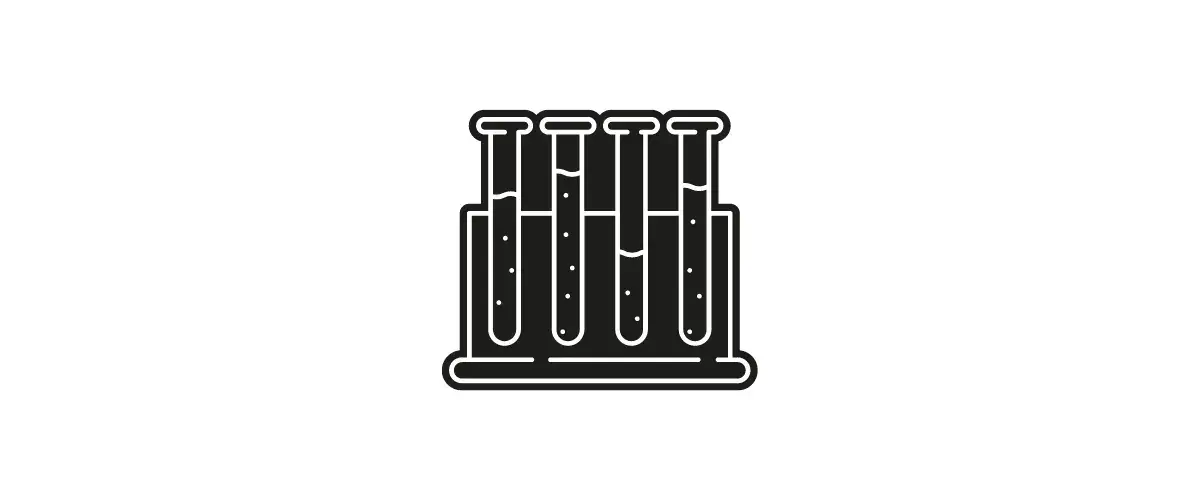
Of the many scientific fields, one of the most salient may be toxicology. The professionals of this scientific branch devote themselves to studying poisons and banned substances, making the world safer.
However, they cannot do their jobs alone; toxicologists require a laboratory, and those spaces must be filled with unique equipment.
Toxicology lab design is a complex process, as the discipline requires workers to handle hazardous materials. Risk reduction requires extensive ductwork and safety precautions, all of which must be taken into account when a designer creates a new space.
Thus, the question of how to design a toxicology lab is a difficult one. Toxicology laboratories are not unique in their requirements, but their layout and requirements will always pose a special challenge.
Concerns for Designing a Toxicology Laboratory
As with any laboratory, there are two overarching concerns for designers: functionality and safety.
While functionality is a universal standard, safety is a distinct challenge in toxicology labs. Some of the most prominent concerns for a designer will be:
- Air quality and purification
- Biosafety and chemical storage
- Maintenance access
- Security
These factors must be incorporated into the design from the outset. Otherwise, the final product will be inefficient and — in the worst outcome — dangerous.
Air Quality and Purification
The sensitive nature of a toxicology lab is its most important and — in a way — unique challenge. Ideally, a toxicology lab will come with pre-existing HVAC lines and equipment.
However, in some cases (i.e., expansions, new construction, and relocations), builders must create their own systems.
As ductwork is laid, designers must consider its impact on storage and usage requirements. Fume hoods require constant power, and ventilation features must be kept from hazardous materials and corrosive elements.
Storage Considerations
For the dedicated and experienced workers at OnePointe Solutions, one of the most exciting parts of a build is the design and fabrication of custom-built casework. Unlike other construction groups, OnePointe Solutions proudly manufactures every part of a build. Laboratory managers have more options than ever, able to choose everything from the materials to the color of their workspaces.
A toxicology laboratory should have anti-microbial or medical-grade casework to prevent cross-contamination of samples. Their design and construction must support the space rather than fight against it; in other words, the cabinets must adapt to existing restrictions.
In some situations, builders may salvage materials from the old laboratory space. This practice is particularly prevalent in remodels, relocations, and rebuilding projects. Recycling old materials is a cost-cutting measure, and it positively impacts a building’s overall sustainability.
Security
Finally, a toxicology laboratory must be properly secured. Many of its samples will be inherently sensitive, requiring special precautions against tampering and theft.
For this reason, designers must consider a space’s existing parameters, asking questions such as:
- How is a laboratory accessed?
- How will access to areas within the laboratory be controlled?
- Is there a pre-installed alarm system?
- What type of security already exists (i.e., personnel and alarms)?
- Where are the alternative entryways?
- Who has access to the laboratory?
These questions are as unique as they are essential, and their answers will ultimately dictate the direction of the construction project.
Safety Concerns in Toxicology Lab Design
Of course, a laboratory must also be safe. It is not enough to protect the samples; the workers, too, must be shielded from potential harm. In a toxicology laboratory, there are multiple hazards, including:
- Hazardous materials
- Heavy machinery
- Standard safety protocols
- Toxic chemicals
At this point, we have discussed the containment and handling of hazardous materials. These substances will be stored in designated areas, often biosafety cabinets or refrigerators.
Any additional cabinetry is built to accommodate these features, including the heavy equipment necessary for a laboratory’s function.
Functional Layout Considerations
However, the layout of equipment and workspaces must also account for workers’ access to safety equipment. Individuals at the periphery and center of a lab must have equal access to eye wash stations and safety showers.
More importantly, should a widespread problem occur (i.e., fire, structural failure, or security risk), all employees must have access to means of egress.
Larger laboratories can easily accommodate interior walls and static dividers. These additions provide the most permanent solution to space management and functional flow.
However, they lack flexibility and hamper the functionality of smaller spaces.
In these situations, designers will work with employees and managers to create unique modular workspaces. Mobile partitions will bind each area, and interior furniture may feature casters for movement.
This additional level of mobility serves multiple purposes, including adaptability and comfort.
Modular laboratory design frequently uses stainless steel tables and FLEX system countertops rather than traditional static fixtures. This allows for more movement, although it can come with an amount of instability.
To rectify this, OnePointe Solutions offers a wide range of customizable accessories for its tables, microscope workstations, desks, and partitions. Lab managers can choose what best fits their needs, including anti-vibration legs and additional storage.
Worker Comfort and Ease of Access
Finally, a good designer will consider all of a laboratory’s employees. The hardworking scientists may be a laboratory’s essential workers, but many contractors fail to account for their comfort.
Workplace discomfort may seem like a minor concern, but prolonged exposure to muscle strain and repetitive injuries costs companies countless hours of precious labor. When scientists are forced to stoop, squat, and contort their bodies to reach their subjects, they ultimately damage themselves, leading to more time off and less productivity.
To avoid these problems, laboratory managers must also account for a project’s furnishings. The designers at OnePointe Solutions understand the needs of workers and have worked with countless organizations, producing results that perfectly match the financial and physical needs of the project.
Achieving this goal requires a mix of disciplines and knowledge of a laboratory’s layout and discipline.
In a toxicology laboratory, workers will often spend hours at computer desks or microscopes. These areas must have special features for comfort, including adjustable height legs and comfortable seating.
Countertop Design
A less glamorous element of design is the selection of workplace countertops. As the workhorse of the modern laboratory, a countertop is often used and abused with little thought. However, poorly chosen surfaces can make life more difficult for employees, and particularly egregious errors can result in contamination and failed tests.
OnePointe Solutions offers a range of countertop options, including epoxy resin, stainless steel, and maple block. Each material has its own unique value, and OnePointe’s construction experts understand their nuance.
Moreover, our custom-made countertops can be machined to fit your space. Our skilled workers can cut slabs that work in the most convoluted of rooms, ensuring that your laboratory makes the most of its interior footprint.
The OnePointe Solutions Difference
If you’re thinking of a laboratory redesign or construction project now is the time to call. OnePointe Solutions has helped many laboratories renew their interior space, and we can help you. Sit down with our experts for a free consultation, or call (866) 612-7312 today and you’ll be amazed at the difference we can make in your laboratory.


